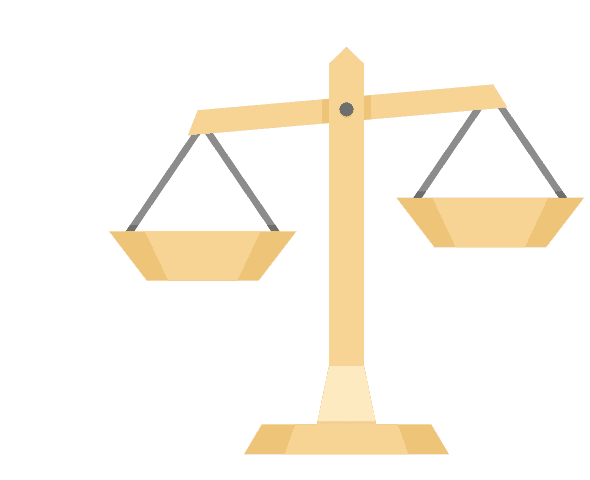If you’re starting a home search, the first order of business is to find out what you can afford. Understanding your mortgage affordability will allow you to set a realistic home shopping budget and result in a much smoother, stress-free buying experience.
How can I find out my mortgage affordability?
Anyone that applies for a mortgage and gets approved will qualify for a different amount. How much you get approved for will depend on a variety of factors assessed by your lender. This includes your debt-to-income ratio, which compares your income to the amount of expenses or debt you carry on a monthly basis. They will also consider your down payment and credit score to determine how much you can borrow.
Pro Tip: Getting pre-approved is a great first step you can take to understand your mortgage affordability. You can also check out our mortgage affordability calculator to get a high-level overview of your maximum mortgage and home affordability.
How important is my down payment?
Very important. Whenever you buy a home in Canada, the minimum down payment required is directly correlated to the price of the home you want to purchase. Ideally, you should aim to have a higher down payment so you can minimize your debts and have more equity in your purchase.
The minimum down payment in Canada is as follows:
-
5% for homes with a purchase price of less than $500,000
-
5% of the purchase price for the first $500,000 and 10% for the rest for homes with a purchase price of less than $999,999
-
20% for homes with a purchase price of $1,000,000 or more
If your down payment is less than 20% of the price of your home, you must purchase CMHC insurance (this is all managed by your mortgage company, and the price is amortized over the full length of your mortgage.). This is called a high-ratio mortgage, which is considered to be much riskier for the lender, so that is why insurance is needed. When potential buyers are considering how much to put down, mortgage insurance is often an afterthought. It’s important to assess whether taking a larger mortgage is worth it – once the additional insurance amount is factored in. Our team would be able to provide insights into what those costs are.
How to increase your mortgage affordability
There are a few things you can do to increase your mortgage affordability. As mentioned, saving for a larger down payment is key. It will reduce your interest payments and save you money on mortgage insurance. You can also increase your amortization period. The longer you take to pay off a loan, the lower your monthly payments will be – making your mortgage more affordable upfront. Another great option is to have a co-applicant or co-signer on the mortgage with you. This helps to fill any gaps where you (the primary borrower) may lack on the mortgage application – providing a strong credit score and a stable source of income to qualify.
Lastly, don’t forget to shop around different mortgage options. Many lenders out there offer different rates and features that may be more suitable to your financial situation. For example, if you were turned down by a big bank due to unstable income, high debt, or previous mortgage defaults, B lenders will still give you an opportunity to qualify for a mortgage. They typically offer one to three-year terms, allowing you to reassess your financial situation in a few years and transition to a more traditional lending source without penalty fees.
Pro Tip: Shopping around different lenders can save you a significant amount of money in the long run. That’s why it’s worth considering all of your options and speaking with a dedicated mortgage professional before making a final decision.
Additional cost considerations
While knowing exactly how much you plan to dedicate toward a down payment will help you determine your mortgage, it’s important to remember that there will always be additional expenses that come up when buying a home. Most mortgage professionals suggest that your total housing costs should not surpass 32% of your gross income – this includes mortgage interest, taxes, heating costs, condo fees…the list goes on. But you can budget based on your personal financial situation. A few expenses we encourage you to leave some buffer room for are closing costs, moving costs, and any savings you might want to put toward an RRSP, TFSA or other registered investment accounts.
At Homewise, our team works closely with our clients to provide unbiased advice and tailored solutions that align with their unique financial circumstances. Working with over 30 banks and lenders, we can provide you with expert guidance on searching through different mortgage options and tips to increase your mortgage affordability. Apply online in just five minutes today to get started.
Want to learn more? Visit Homewise Mortgage Academy for a quick lesson on mortgage affordability.








